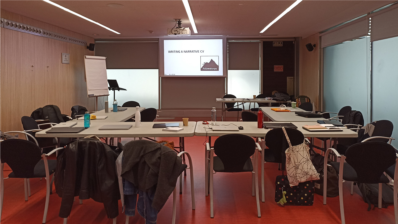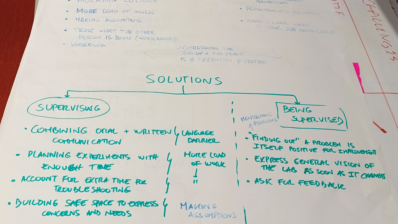It’s been almost a decade since the term “Open Science” first appeared in Wikipedia, although it was initially redirected to “Open Access”. The page was created by Aaron Swartz, a young activist who some years later committed suicide due to pressure from the charges brought against him after he uploaded many privative licensed articles to the internet.
Open Access (OA) means making scientific articles freely available to everyone through the internet, contrary to what happens traditionally in scientific publishing where, once an article is published in a journal, anyone wanting to read it must pay a fee. Many government agencies are already asking the scientists they fund to either publish in an open-access journal (the ‘golden road’ to OA) or upload the published article into an open repository (the ‘green road’). Preprints, articles posted on the internet prior to peer review and publication in a journal, are also starting to spread in the biological sciences.
But there is more to Open Science than Open Access. Open Data and Open Methodology are two other indispensable keystones to making modern science reproducible. They mean not only making final results available, but also the original raw data (straight from the machines) and the methods used to analyse them. The recent flood of data has led to the birth of public open repositories, such as the Sequence Read Archive and the European Variant Archive, so researchers can freely reuse existing material.
The recent flood of data has led to the birth of public open repositories, so researchers can freely reuse existing material.
A common requirement of these repositories is that data be delivered in an Open Format, so other researchers may process it with different tools to the ones originally used. As well as the data itself, an increasing number of journals also require authors to provide their program code (Open Source) so reviewers may assess the results more fully.
Moreover, nowadays there is a growing effort to train scientists in technologies that enable collaboration in an open and traceable way, such as version control systems like GitHub, wikis, and digital lab notebooks. In the future we might not even need to distinguish Open Science from simple “Science” anymore.
This article was written by Toni Hermoso, from the Centre for Genomic Regulation (CRG).






